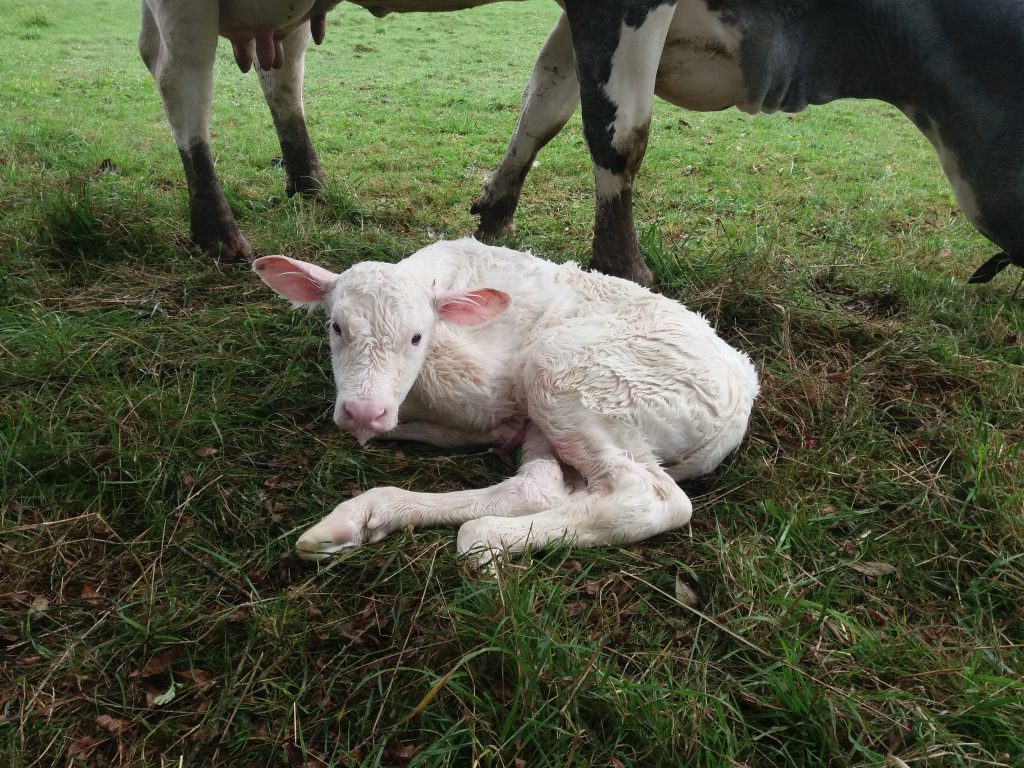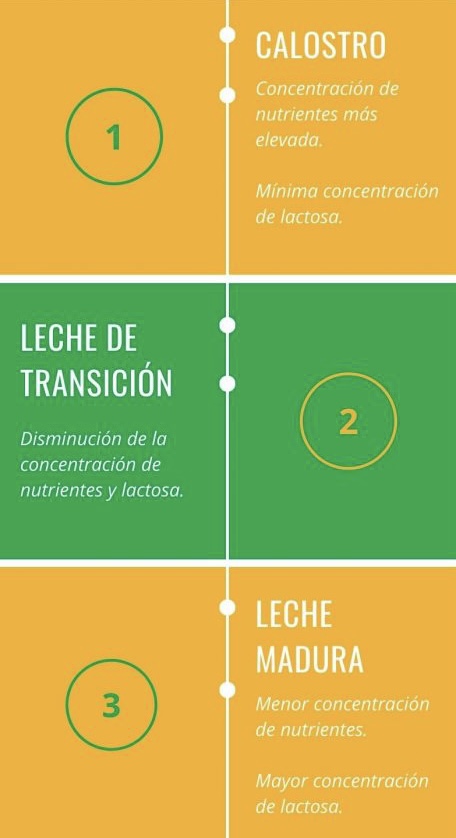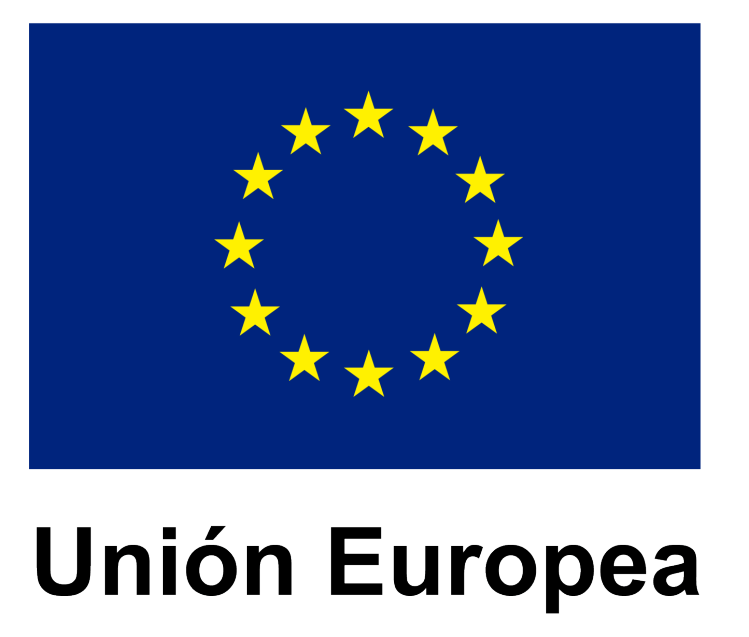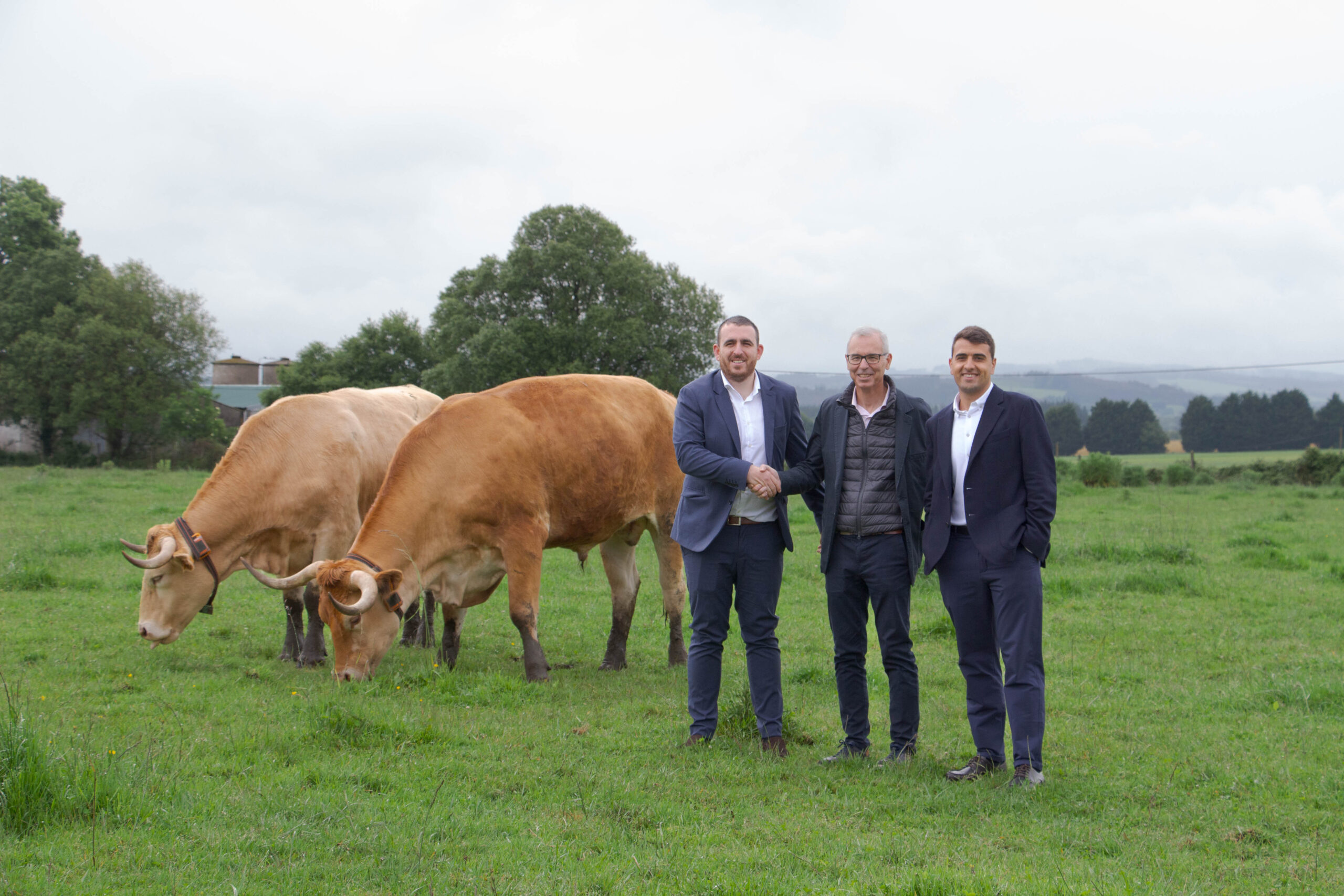What is colostrum?
Bovine colostrum is the production of the mammary gland within 24 hours after calving and the first source of nutrients for the calf. All female mammals produce it and in all species it is of great importance, since the survival or not of the offspring depends on it. In the case of ruminants, including bovines, it is essential to have the cattle in a white coat.
Bovine placenta
To understand the relevance of the calf’s placenta, it is necessary to understand what the bovine placenta is like. The placenta is defined as the union of the chorion (outer sheath covering the embryo/fetus) with the endometrium (tissue lining the inner part of the uterus). This fixation facilitates the intertwining of the villi of both structures, thus making possible the functions of the placenta: guaranteeing the supply of nutrients from the mother to the embryo/fetus, ensuring oxygen/carbon dioxide exchange, preventing immune rejection and helping to maintain the uterus in the ideal receptive state.
Depending on the degree of attachment or penetration between the chorion and the uterine mucosa, placentas are classified into different variants. In the case of bovines, the placenta is cotyledonary syepitheliochorial and is composed of three maternal and three fetal layers, which do not allow immunoglobulins (Ig) to be transferred from the mother to the fetus.
In the placenta of other species, such as the human placenta, the chorion directly contacts the maternal circulation and then there is transport of Ig from the mother to the embryo/fetus until the embryo/fetus is able to develop its own immune system .
In contrast, the placenta of ruminants is impermeable to Ig, which means that calves are born without any acquired immunity, so they depend on colostrum consumption to acquire it and thus strengthen their immune system.
Colostrogenesis and colostrum composition

Cow colostrum is the secretion of the mammary gland in the first 24 hours postpartum. From that moment until 72 hours, it is called transition milk.
Bovine colostrum consists of a mixture of milk secretions and blood serum constituents, mostly immunoglobulins (Ig) and other serum proteins that accumulate in the mammary gland during the prepartum period.
Although it begins to be generated around three to six weeks before delivery, it is in the last two weeks that the concentration of antibodies and other substances increases significantly. Calostrogenesis occurs under the influence of lactogenic hormones, including prolactin, and ceases suddenly at the time of delivery.
What are immunoglobulins (Ig)?
Ig are plasma proteins synthesized by mature B lymphocytes in response to stimulation by an antigen and act as antibodies for the specific defense of the organism.
Types of Ig
Gamma globulin
IgG or gamma globulin is the smallest and can leave the bloodstream and reach other parts of the body to identify and help destroy invading pathogens.
Immunoglobulin M
IgM is larger and acts as a first line of defense to protect the organism in cases of septicemia, remaining in the blood, and protects the animal from bacterial invasion.
Immunoglobulin A
IgA binds to the surface of mucous membranes and protects them, preventing pathogens from attaching to the epithelium and causing disease.
Composition of bovine colostrum
Bovine colostrum normally contains 50 to 150 mg/mL of Ig, of which IgG accounts for 80 to 95%, IgM about 7% and IgA about 5%6.
IgG, and in particular IgG1, are transferred from the bloodstream across the mammary barrier to colostrum through a specific transport mechanism: receptors on mammary alveolar epithelial cells capture IgG1 from the extracellular fluid and are phagocytosed, transported and finally released into luminal secretions.
Epithelial cells stop expressing this receptor primarily in response to increased prolactin concentrations at the onset of lactation.
In addition, colostrum also contains maternal cells, mainly leukocytes, which are divided into lymphocytes (22%), neutrophils (38%) and macrophages (40%); growth factors; hormones; cytokines, non-specific antimicrobial factors and nutrients.
The transition from colostrum to mature milk

The concentrations of most of the components are highest in the first postpartum secretions (first milking of colostrum) and then decrease progressively over the next six milkings (transition milk) until they reach the lowest concentrations typical of normal whole milk sold for consumption.
The concentration of components (fat, protein, casein, Ig, calcium…) decreases progressively, hence colostrum has multiple benefits compared to mature or whole milk.
However, it should be noted that the concentration of lactose in colostrum is lower than in mature milk, acting inversely to the other components. This is consistent with the physiology of the neonatal calf, in which lactase is found in low concentrations at birth and increases over time.
Colostrum functions
Colostrum provides many benefits, it is considered the best “medicine” we have at our disposal to avoid all the diseases that can affect calves in the first days of life, since it fulfills several functions:
Immunological
Colostrum fights infections. It is the cow’s way of transferring defenses to the calf until it is able to produce them on its own, since it is born without adequate humoral immunity .
In this way, Ig acquisition through intestinal absorption protects calves from disease until their own immune system becomes fully functional.
Thermoregulator
It is an excellent source of energy for thermogenesis by providing large amounts of glucose, amino acids and fatty acids. It has been shown that in 12-hour-old Holstein calves kept in a 10°C environment, heat production increased by 18 and 9%, respectively, during the first and second hour after colostrum consumption.
In addition, a 2 kg intake of colostrum is capable of meeting the energy requirement of a 40 kg neonatal calf maintained in a 10°C environment for 24 hours. Prompt consumption of colostrum is therefore considered to be as important for thermogenesis as it is for passive immunity.
Nutritional
Helps the calf to grow and develop. It is the first source of nutrients for the newborn calf, providing it with proteins, essential and non-essential amino acids, fatty acids, lactose, vitamins and minerals, all of which are necessary for its normal metabolism and development.
Purgative
Improves intestinal function. It has a laxative actiondue to its high content of magnesium salts and favors the establishment of intestinal motility. It activates peristalsis by promoting the excretion of meconium and, therefore, preventing its excessive densification.
Lactocrine hypothesis
In addition to the aforementioned functions, there is the so-called “lactocrine hypothesis”. “lactocrine hypothesiswhich proposes that certain components of colostrum, specifically growth factors and hormones, may play an essential role in the growth and development of the neonate, i.e., that they may permanently affect the future performance of the calf, including growth and even milk production.
If you want to know more about bovine colostrum, our veterinarian Carlota Antelo del Río talks about it in Vaca Pinta magazine. You can read the first part of her article
Do you have your herd?
The Intelligent GPS Collar monitors your cows to ensure their welfare and productivity.





